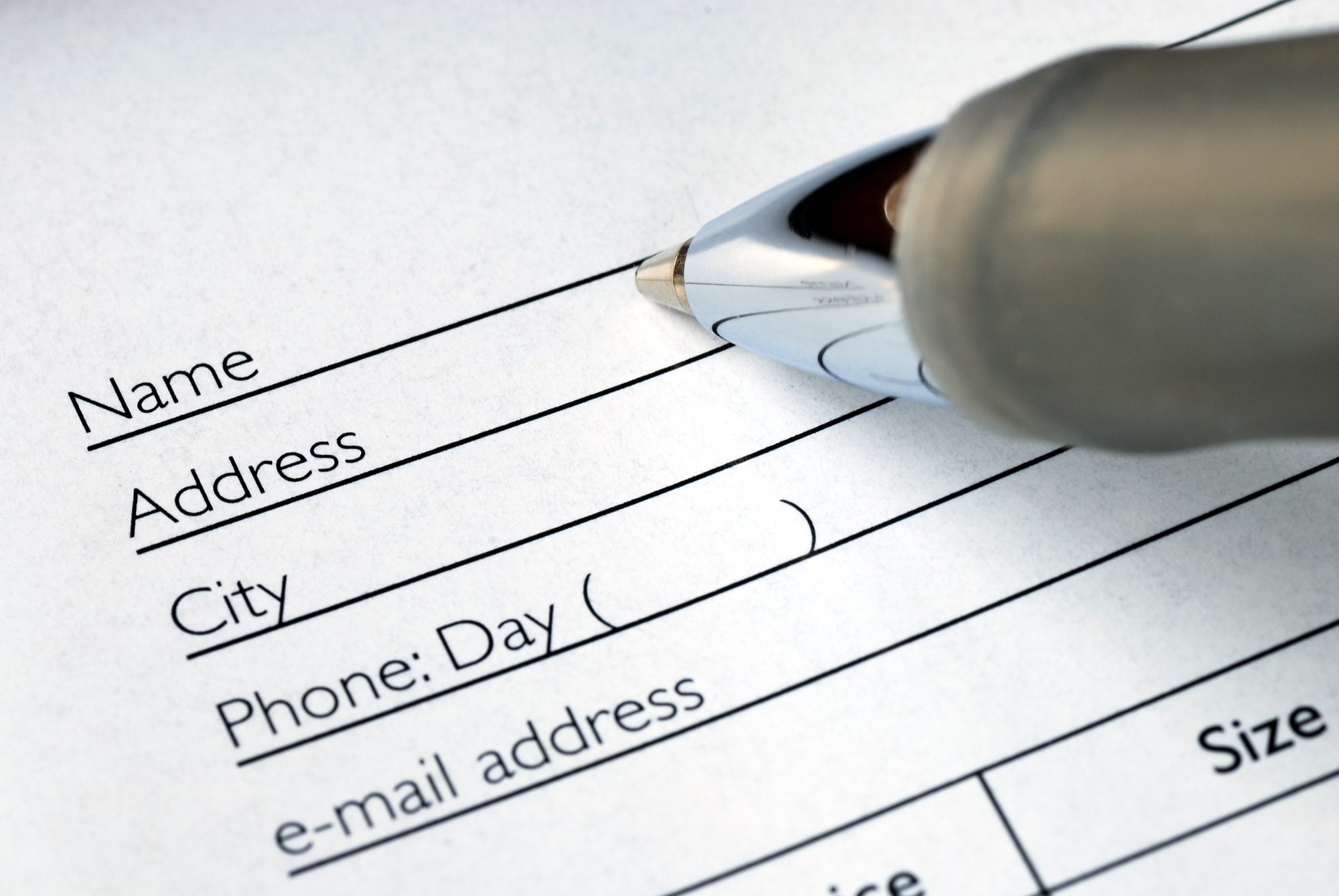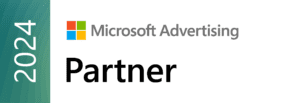 If you are a blog or a website owner, it’s important to pay special attention towards speeding it up. A website that loads quickly can contribute towards improved search engine results. It also provides a user-friendly experience to visitors.
If you are a blog or a website owner, it’s important to pay special attention towards speeding it up. A website that loads quickly can contribute towards improved search engine results. It also provides a user-friendly experience to visitors.
Slow page load speed is the Number One reason why people bounce away.
Here are some useful tips and tricks, which you can follow to improve website speed.
“Slow page load speed is the Number One reason why people bounce away.”
Optimize Images
Website images can affect load speeds. You don’t always need to upload full size images to your website. Therefore, it is important for you to crop the images before you upload them. Also, think about compressing the images.
When you crop or compress images, make sure you don’t compromise any of the embedded visual elements.
Be Careful with JavaScript
The cool visual stuff taking place on your website is powered by JavaScript. To improve site loading speeds, consider using asynchronous loading for JavaScript files. You can also defer some JavaScript files from loading.
“To improve site loading speeds, consider using asynchronous loading for JavaScript files.”
Try your best to minify (remove all unnecessary characters from source code without changing functionality) and optimize the website as much as possible. Also, be careful to place JavaScript at the bottom of files.
Select the Right Web Hosting Service Provider
Your web hosting service provider can make or break the website loading speed. Selecting a web hosting service provider can be quite a difficult experience.
As a rule of thumb, stay away from shared web hosting. You should always stick to dedicated hosting.
Minimize HTTP Requests
Every time a visitor comes to your website, a large number of page elements are downloaded. So try to minimize the HTTP requests that can be found on the website. They include everything from scripts to stylesheets. Expert web developers know this improves loading speeds by up to 80%.
“Expert web developers know this improves loading speeds by up to 80%.”
Combining the number of files lets you reduce the total number of HTTP requests. For example, you can put all the CSS into a single stylesheet or combine all the scripts. You might also consider using your log files to identify and control bots that are hitting your site.
Enable Lazy Loading
Did you know you can allow all the elements that are located at the top of a page to load faster than everything else below it? That’s lazy loading. If there are long scrolling pages on the website, this is a useful trick that can ramp up page speed.
“With lazy loading, you allow content to be loaded from top to the bottom.”
With lazy loading, you allow content to be loaded from top to the bottom. The content at the bottom of the page loads as the visitor scrolls down.
Remove Unnecessary Plugins
Take a look at your website and scan for unnecessary plugins. Then get rid of them. When you analyze the installed plugins on the website, you may notice a large number of redundancies. Also, delete plugins which are not updated on a regular basis.
If you feel that there is something you can do manually just as effectively, delete the plugin.
Make the jump to hyperspace with an ultra-fast website. Our tech gurus can show you how. Call us at (443) 475-0787 or Contact Us online







